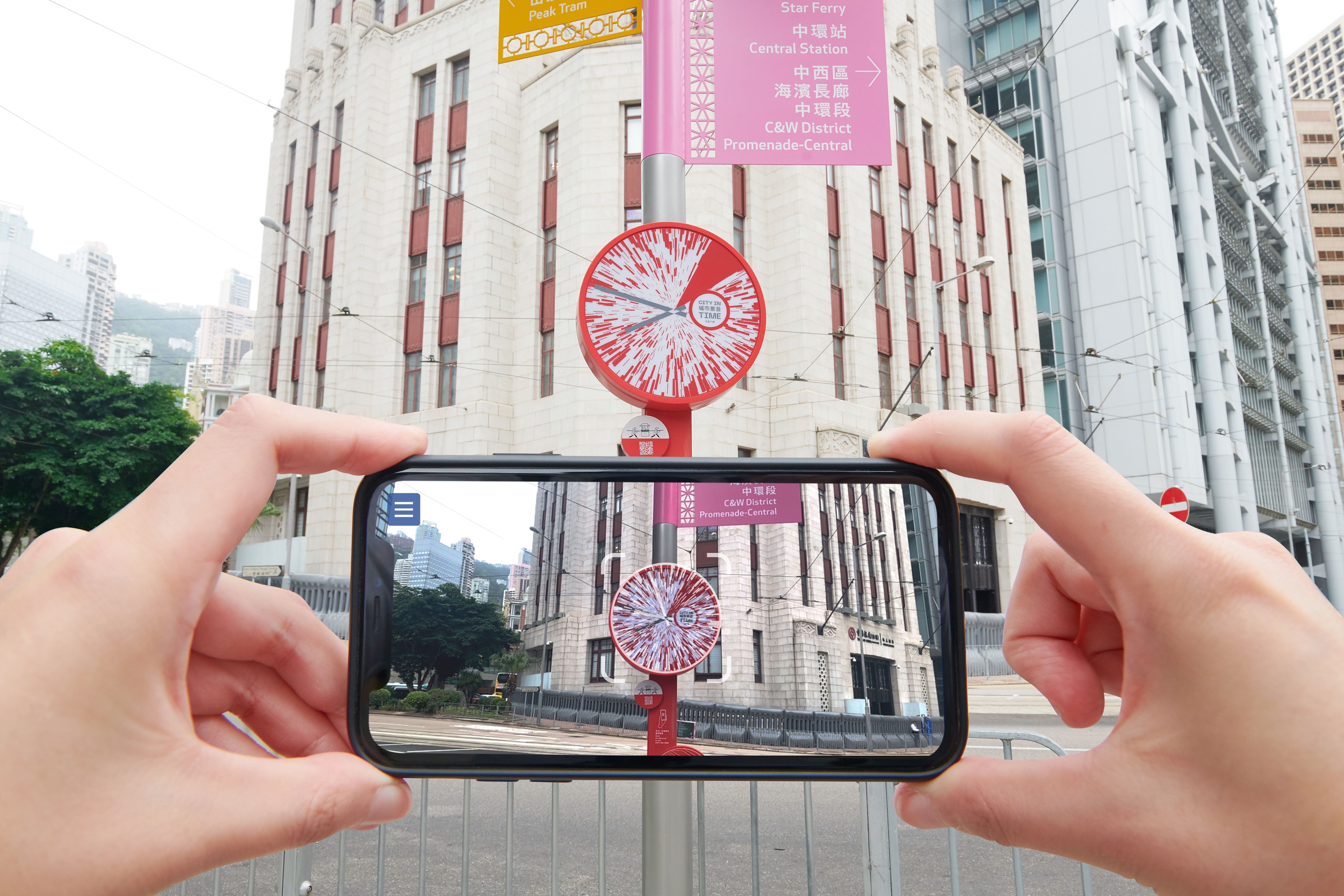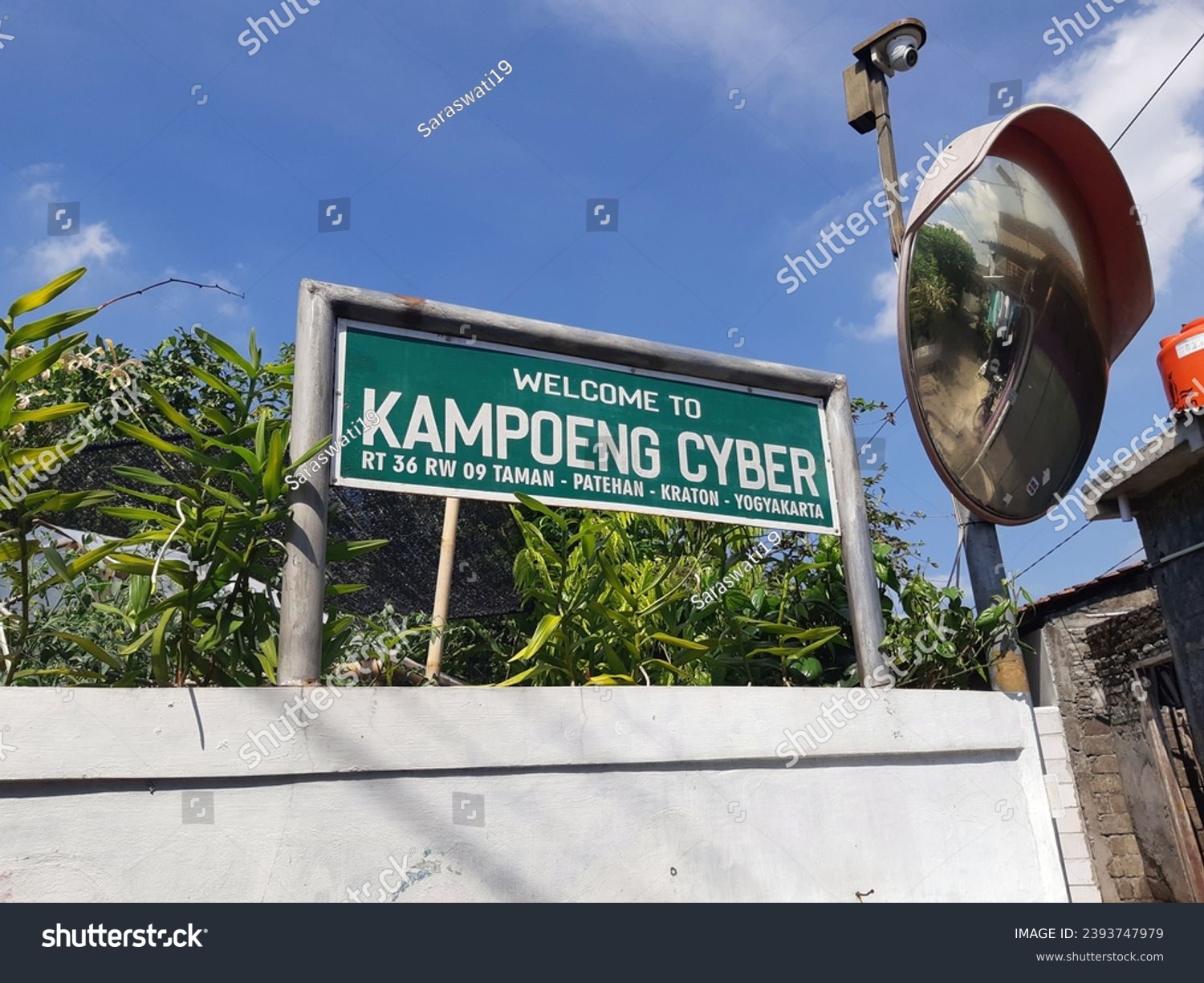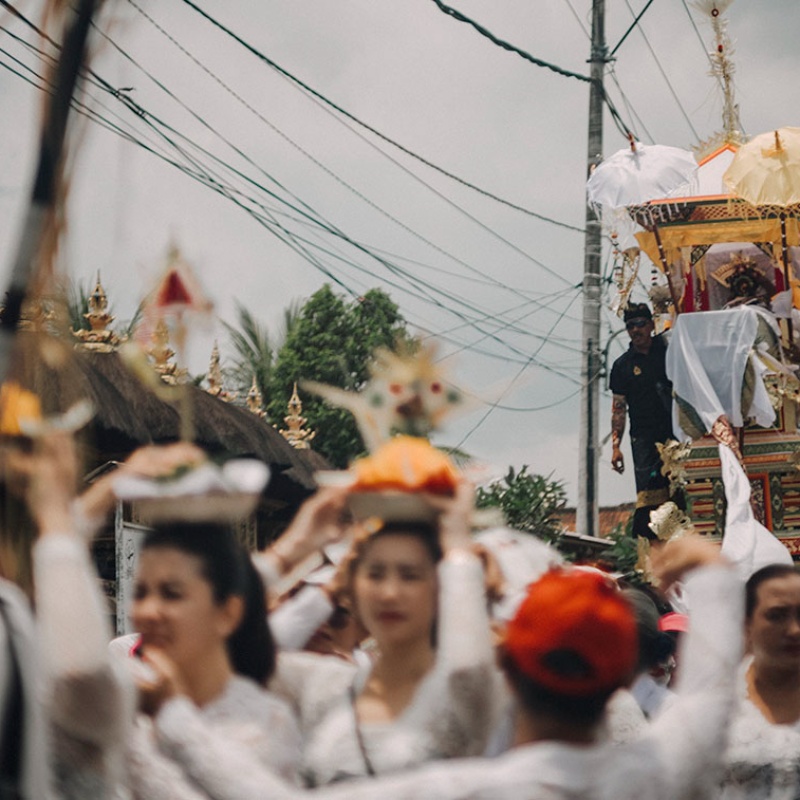Image By: City University of Hong Kong
Southeast Asia’s past is slipping its bronze fetters and settling, nimbly, into phones, with multiple public projects bringing heritage into contemporary urban settings. In Thailand, the country’s Fine Arts Department has quietly built one of the region’s largest heritage-AR rollouts. Its Smart Heritage app covers sites across Sukhothai, Si Satchanalai, Kamphaeng Phet and Ayutthaya, letting visitors raise a handset and see ruined stupas re-emerge while short explainers anchor what they’re viewing in documented architectural history. The system runs on Android and iOS devices and is maintained by the department, with recent updates that have added new provinces, allowing for an ongoing process of discovery.
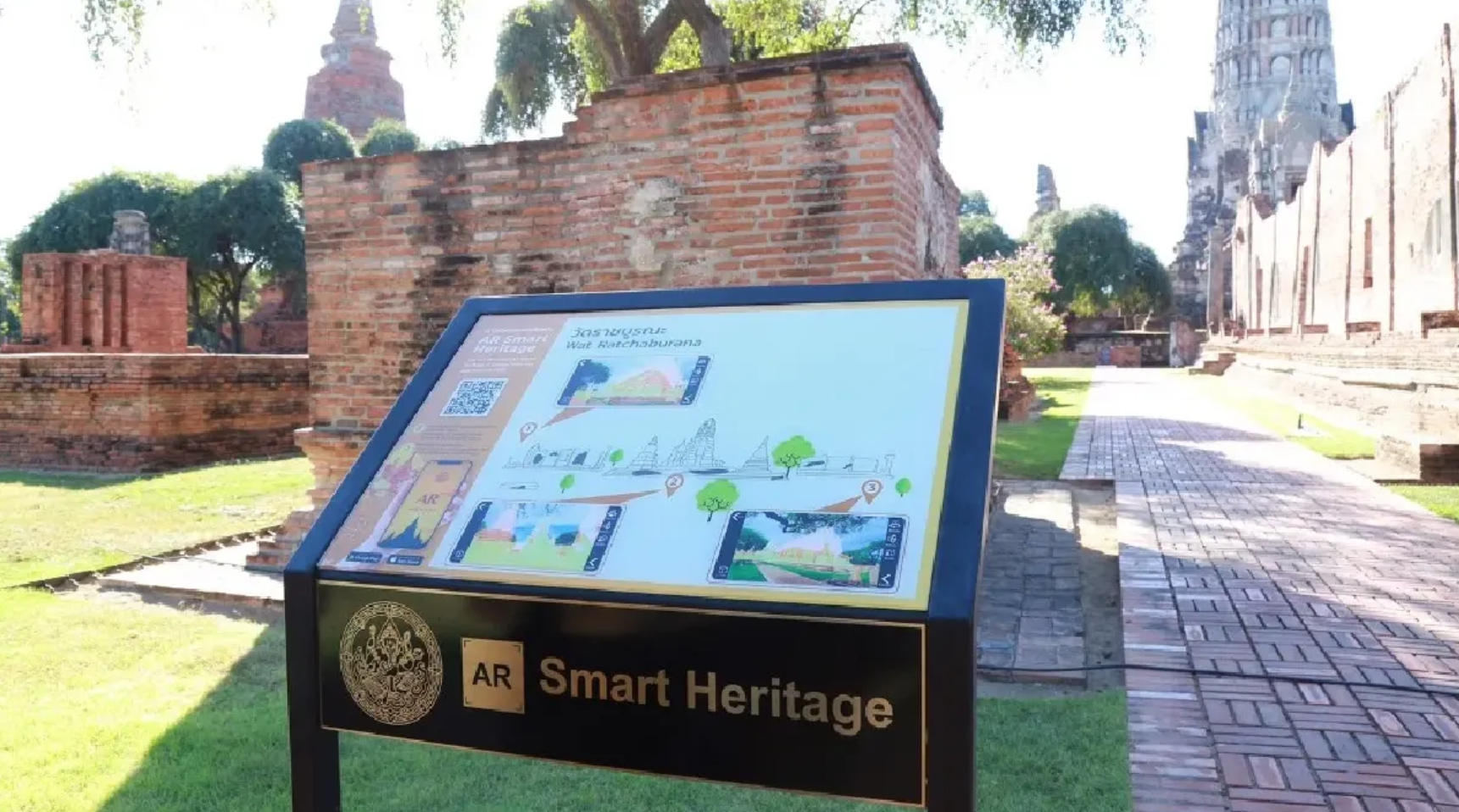

Singapore offers a humbler, but perhaps more community-oriented, model of digital heritage. Since 2017, the National Heritage Board has allowed for schools to ‘adopt’ neighbourhood trails; students map sites, interview elders and serve as peer guides, folding the walks into civics lessons. And these analogue trails are getting accompanying digital infrastructure. The Little India trail, the first to sprout Bluetooth beacons, brings firstperson stories of daily life and urban history directly to visitors’ phones. Walk down a street and you could be greeted by a story about a Mahatma Gandhi memorial, then turn the corner and learn about the places of worship around the area.
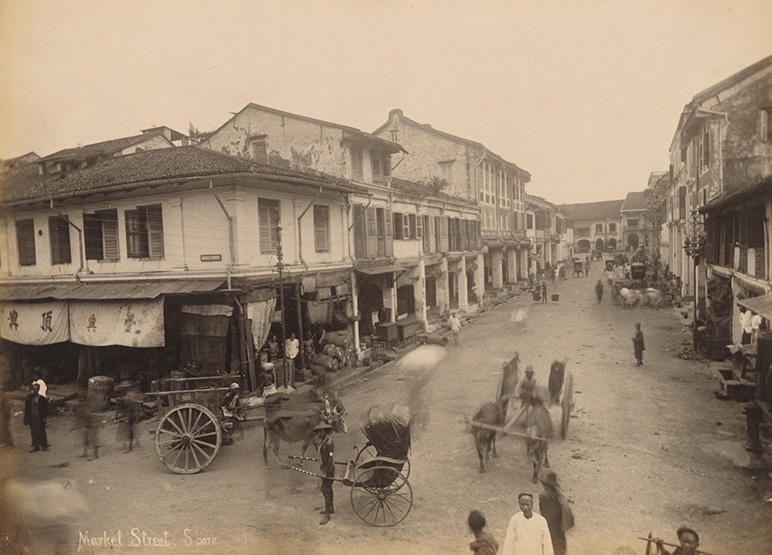
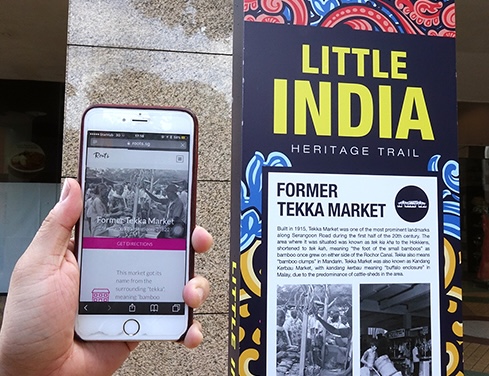
Hong Kong’s CITY IN TIME project shows how an urban government can make AR legible at scale. Commissioned by the territory’s Tourism Commission and developed at City University of Hong Kong, it installs AR markers on redesigned signage poles; scan one, and 360-degree panoramas stitched from heritage photos snap over the present streetscape. Audio, captions, and selfie and sharing functions have been added for the Instagram age. Many sites can also be explored remotely.
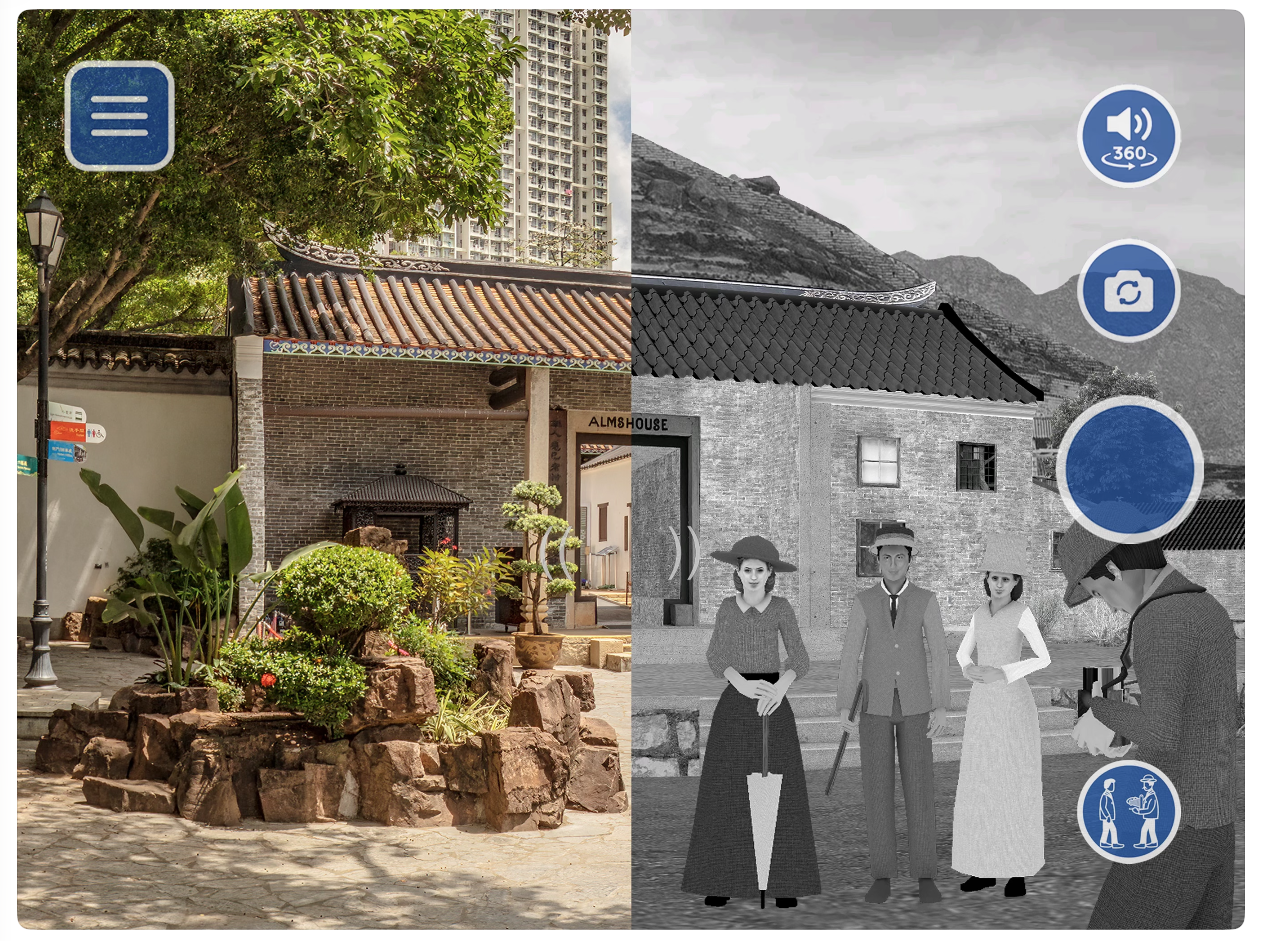
The technology is no panacea; tastes change, formats date and narrative sovereignty can be lost if vendors dictate the story. Yet early lessons are clear. Keep the stack light and public: run on mobile, anchor content in official archives but invite neighbourhood voices; and design for co-curation rather than passive consumption. If Southeast Asia keeps pairing modest tech with local stewards, its digital trails can turn memory into a renewable resource, holding together cities whose pasts are fast being rebuilt, repainted or razed altogether.

